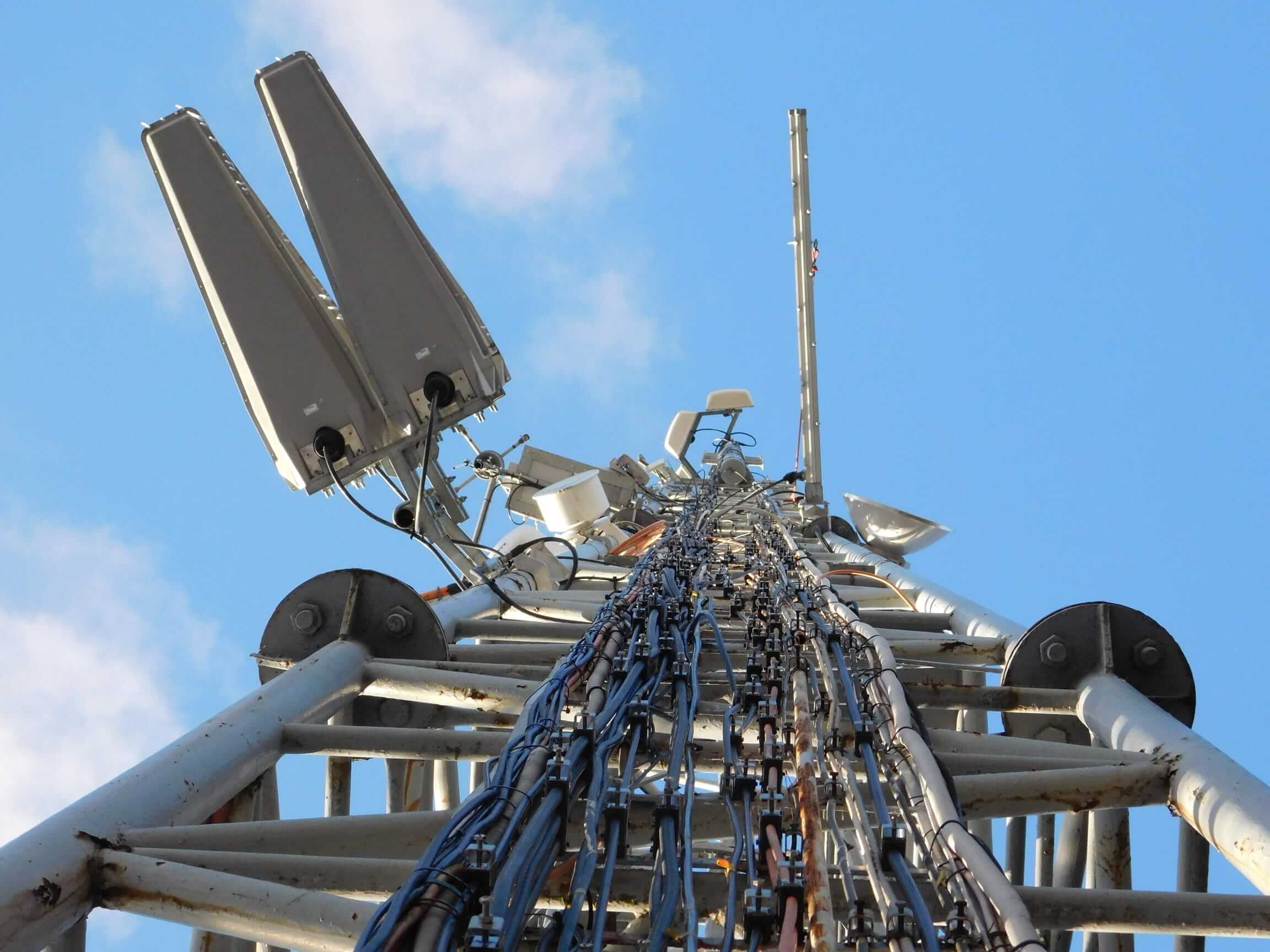Everything you need to receive DVB-T2

During the past years, the difficult transition from the original terrestrial television broadcasting standard to the new DVB-T2 standard was successfully completed. Thanks to the LOSKY company, it was possible to cover almost the entire Czech Republic with the DVB-T2 standard.
During that time, many households have purchased new, more modern televisions and equipment, as the original terrestrial television broadcasts are no longer well supported.
For latecomers who do not yet have a TV signal running on DVB-T2, we have prepared a short overview of how to purchase DVB-T2 and briefly list its advantages. We also mention other solutions that do not require the purchase of special equipment and that solve DVB-T2 installation smoothly and simply.
Is a new TV or a set-top box better for DVB-T2?
Buying a new TV is a more lengthy and not exactly cheap process. This is especially true if you enjoy high-quality images and special functions while watching movies and shows. To receive the DVB-T2 signal, you need a suitable modern TV that can handle not only the new standard, but also its HEVC codec, so that you can watch the picture. In very simple terms, a codec is the way in which an image is composed (encoded) and then decomposed.
When buying a television capable of receiving DVB-T2, but unable to decompress the image in HEVC, it is basically just a very overpriced radio. Therefore, before buying a TV, be very careful and choose only those models that carry a certificate marked “DVB-T2 verified“. This unobtrusive sticker guarantees that the purchased receiver will really work as it should and can receive the DVB-T2 signal.
If you do not want to invest in a new television for various reasons, it is not necessary to buy it right away. Often it is enough to just buy a new set-top box. You can also find set-top boxes in stores marked “DVB-T2 verified”. They should technically be able to bring the DVB-T2 signal to almost every television. They differ from each other mainly in the way of connection. It depends on what kind of TV you have. You do not need to buy a new antenna for a new set-top box, provided that you do not receive a TV signal in the apartment building through a common antenna. Buying a set-top box is probably the most popular and cheaper way to solve the transition to the DVB-T2 signal.
An antenna that can receive DVB-T2
If you live in an apartment building where the tenants receive a TV signal together through a common antenna on the building, then you cannot avoid another hit to your wallet. In order for the common antenna to be able to process the DVB-T2 signal, certain adjustments must be made to its settings. Therefore, you should agree with the other people in the house as soon as possible and call an antenna technician to make these adjustments.
Attention! It does not necessarily mean that after making changes to the antenna, individual households no longer need to purchase a set-top box. Make a good deal with your antenna technician and find out whether, despite the modifications to the antenna, you do not need to invest in a separate set-top box for the individual televisions in the house.
Workaround for DVB-T2 problems
There are several workarounds for DVB-T2 problems, but none offer as many advantages as IPTV, or Internet TV. Tired of ads? With IPTV it is possible to skip them. Do you regularly miss out on your favorite shows due to work and responsibilities? IPTV lets you replay everything up to 7 days back.
Instead of worrying about that, IPTV is a real solution that brings improvements to users’ lives, not just an expensive way to preserve the original quality. Smart TV will solve the problem with new TV broadcasting standards once and for all.
LOSKY ensured DVB-T2 coverage throughout the Czech Republic
If it weren’t for Losky’s long-term work, the situation with the television signal in the Czech Republic would probably be different today, because it was Losky that covered almost the entire Czech Republic with a new television signal thanks to its rich many years of experience.